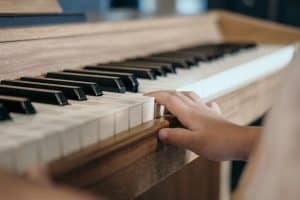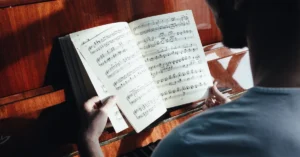Introduction
Piano notes are the building blocks of music, each with its own length and value. These notes represent the rhythm and timing of a piece. Understanding the different types of notes is essential for playing piano effectively and interpreting music accurately. Let’s dive into the various types of piano notes!
🎼 What are whole notes?
Whole notes are notes that are held for four beats in a bar of 4/4 time. It is represented by an open oval shape with no stem and it is often the longest note value in standard music notation.

🎼 What are half notes?
Half notes are notes with a duration of two beats in a bar of 4/4 time. They look similar to a whole note but have a stem attached.

🎼 What are quarter notes?
Quarter notes are notes with a duration of one beat in a bar of 4/4 time. It is represented by a filled-in oval with a stem and is one of the most common note values in many musical genres.
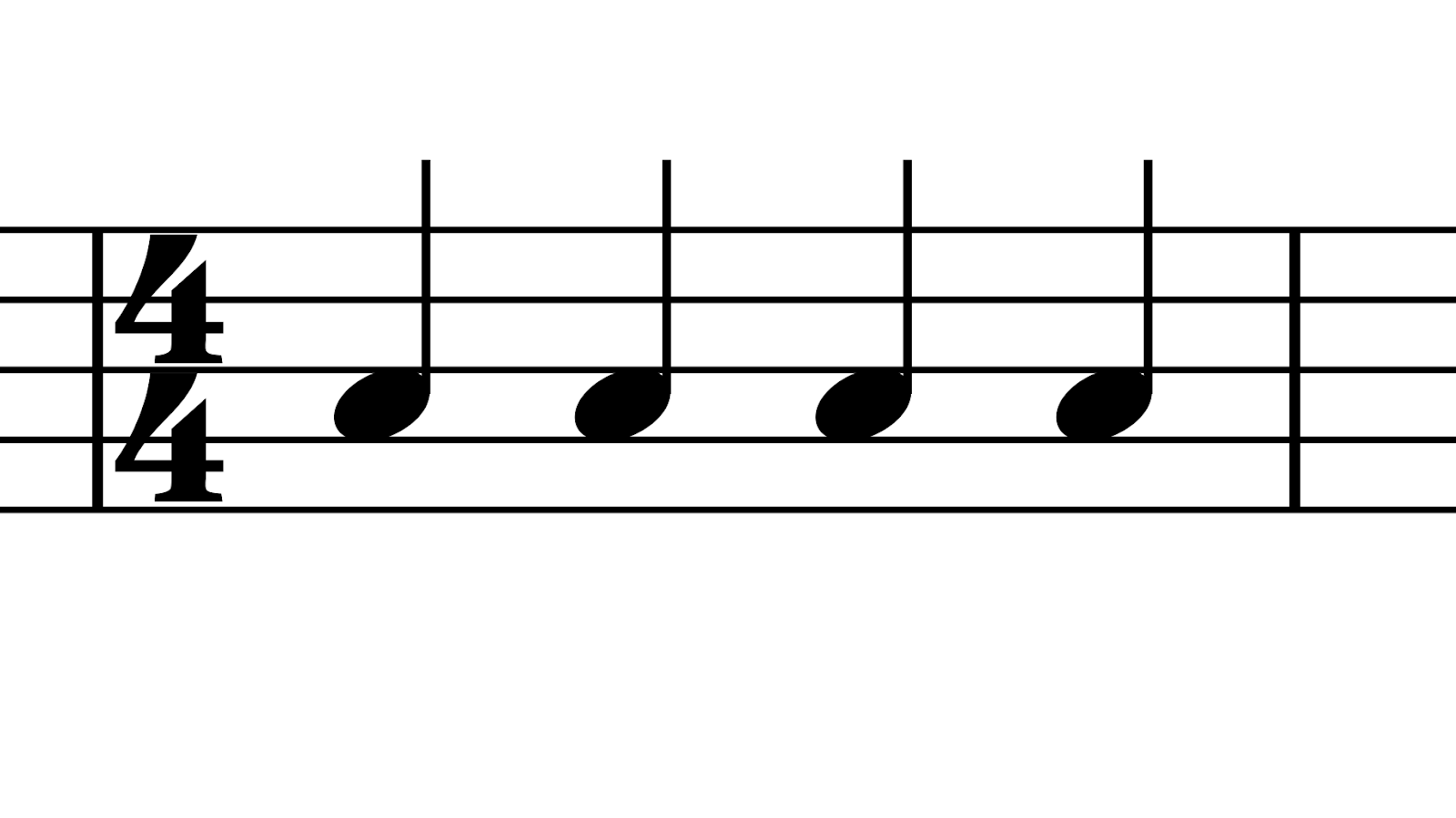
🎼 What are eighth notes?
Eighth notes are notes which last for half a beat in a 4/4 time signature. It is represented by a filled-in oval with a stem and a flag, or a beam when played in succession.

🎼 What are sixteenth notes?
Sixteenth notes are notes with a duration one quarter of a beat in a bar of 4/4 time. It is represented by a filled-in oval with a stem and two flags or two beams when played in succession.

🎼 What are thirty-second notes?
Thirty-second notes are notes with a duration of one eighth of a beat in a bar of 4/4 time. It is represented by a filled-in oval with a stem and three flags, or three beams when played in succession.

🎼 What are double-dotted notes?
Double-dotted notes have two dots placed after them, with the second dot adding half the duration of the first dot to the note’s length. For example, a double-dotted half note lasts for three and a half beats.

🎼 What are triplets?
Triplets are groups of three notes played in the time of two notes of the same value. For example, a triplet of eighth notes is played in the time of two regular eighth notes, creating a compound time feel.

🎼 What are grace notes?
Grace notes, or acciaccatura, are very short, quick notes played just before a main note, without receiving its full value. It is used to ornament or embellish a melody, often seen in classical music. It is smaller than a normal note and can be identified by the addition of a slash.
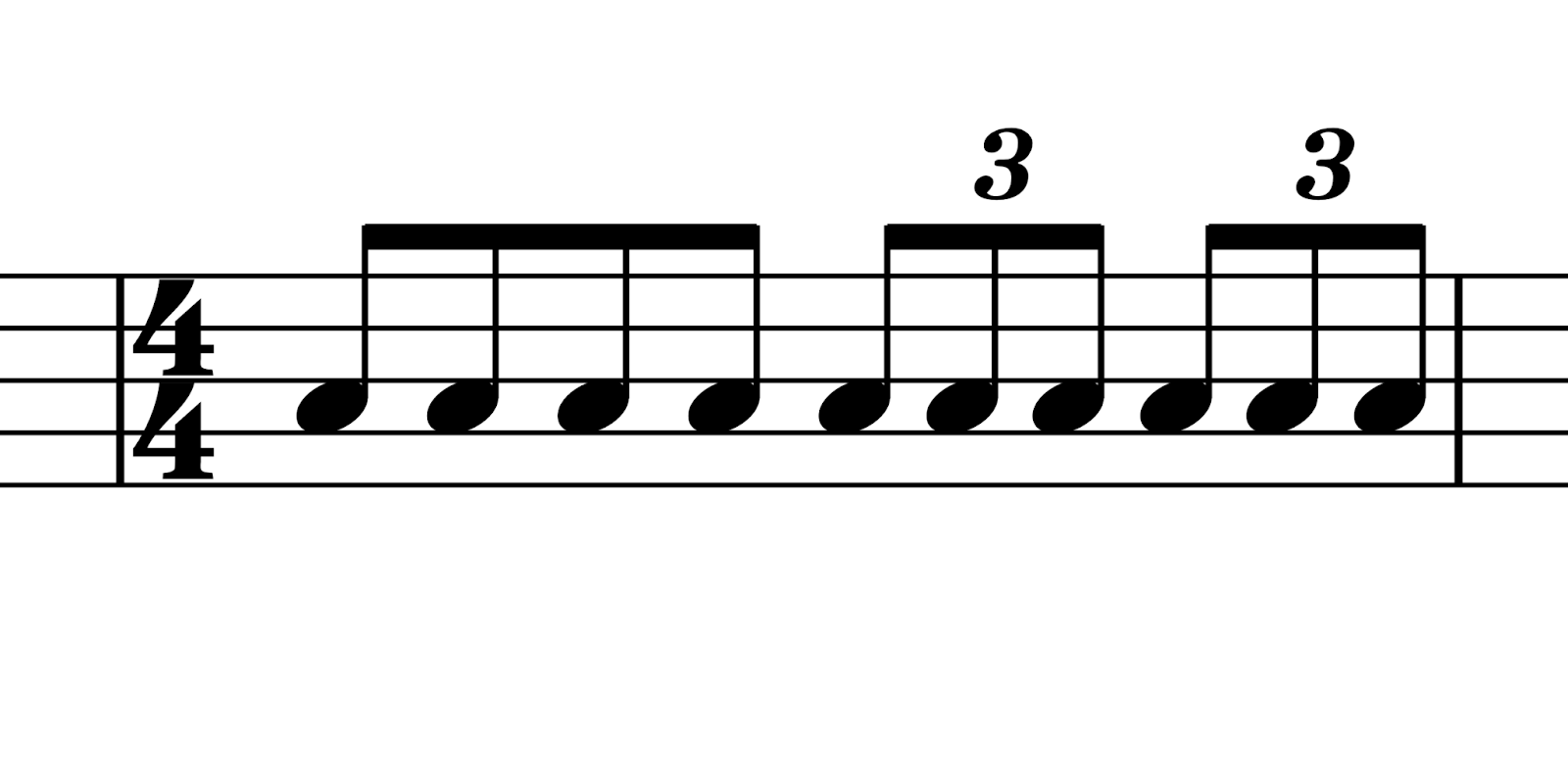
🎼 What are tied notes?
Tied notes are two or more notes connected by a curved line, indicating that they should be played as a single note with the combined duration. For example, a tie between a half note and a quarter note would make the sound last for three beats. They are generally used to play notes over bar lines and group notes correctly.
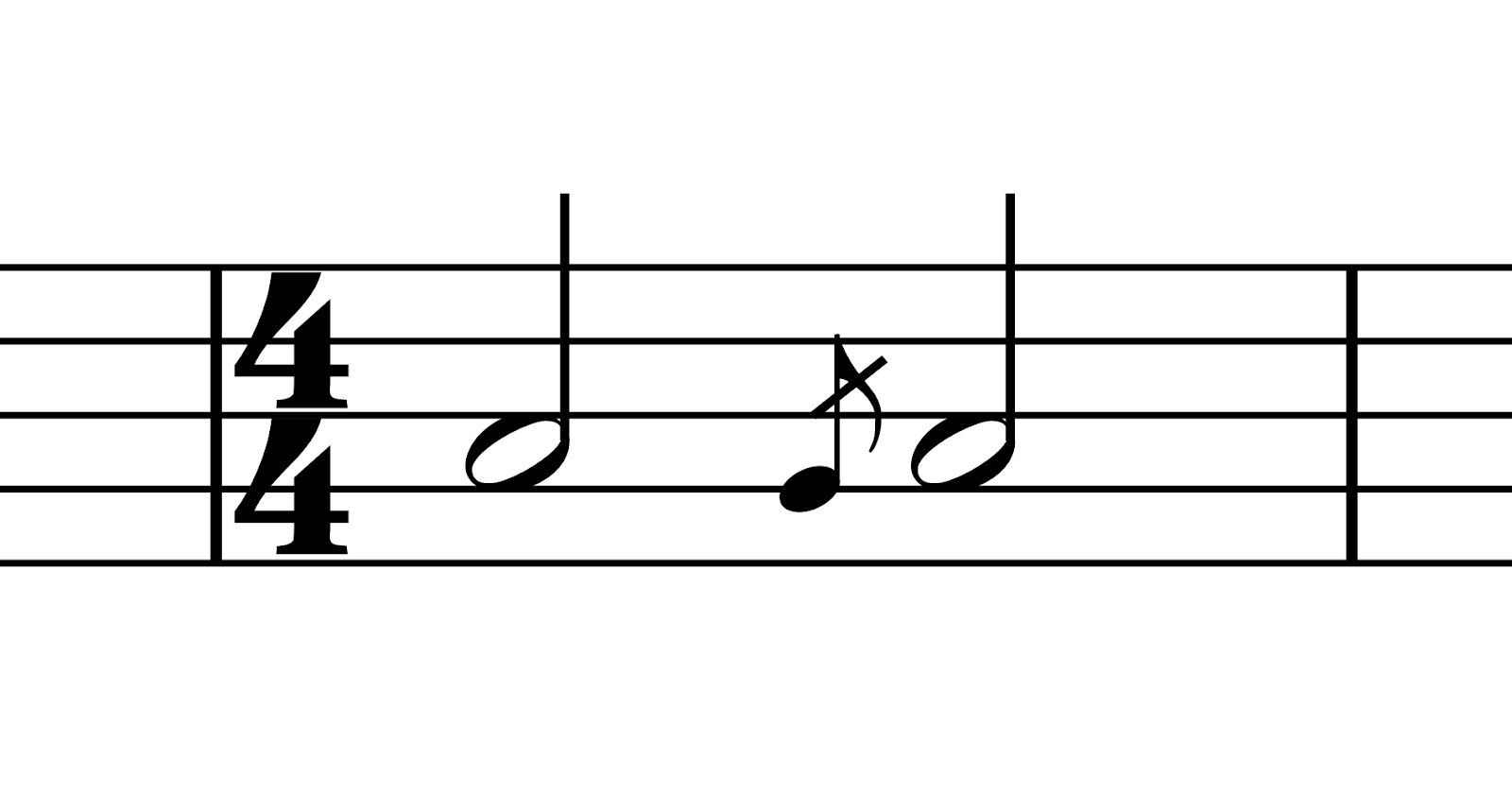
🎼 What are fermatas?
Fermatas are symbols that indicate a note or rest should be held longer than its usual value. The performer holds the note or rest until the conductor or pianist decides to continue.

🎼 What are rest notes?
Rest notes are symbols that indicate silence for a specific duration. Similar to notes, each rest has a corresponding value: whole rest, half rest, quarter rest and so on. Rest notes are essential for maintaining the rhythm of the music.

🎼 What are accidental notes?
Accidental notes are notes altered by a sharp (#), flat (b), or natural signs (♮), which raise, lower, or restore their pitch. Accidentals allow for notes outside the key signature.

🎼 What are dotted notes?
Dotted notes are notes with a dot placed after it. This dot increases the notes duration by half of its original value. For example, a dotted half note lasts for three beats, two beats for the half note plus one more beat for the dot.

🎼 What are unison notes?
Unison notes refer to two or more notes of the same pitch played at the same time. This is common in ensemble playing when multiple instruments or voices perform the same melody.

🎼 What are octaves in piano?
Octave in piano are the interval between one note and another that is double or half its frequency. In piano music, an octave indicates the same note played in different registers on the keyboard.
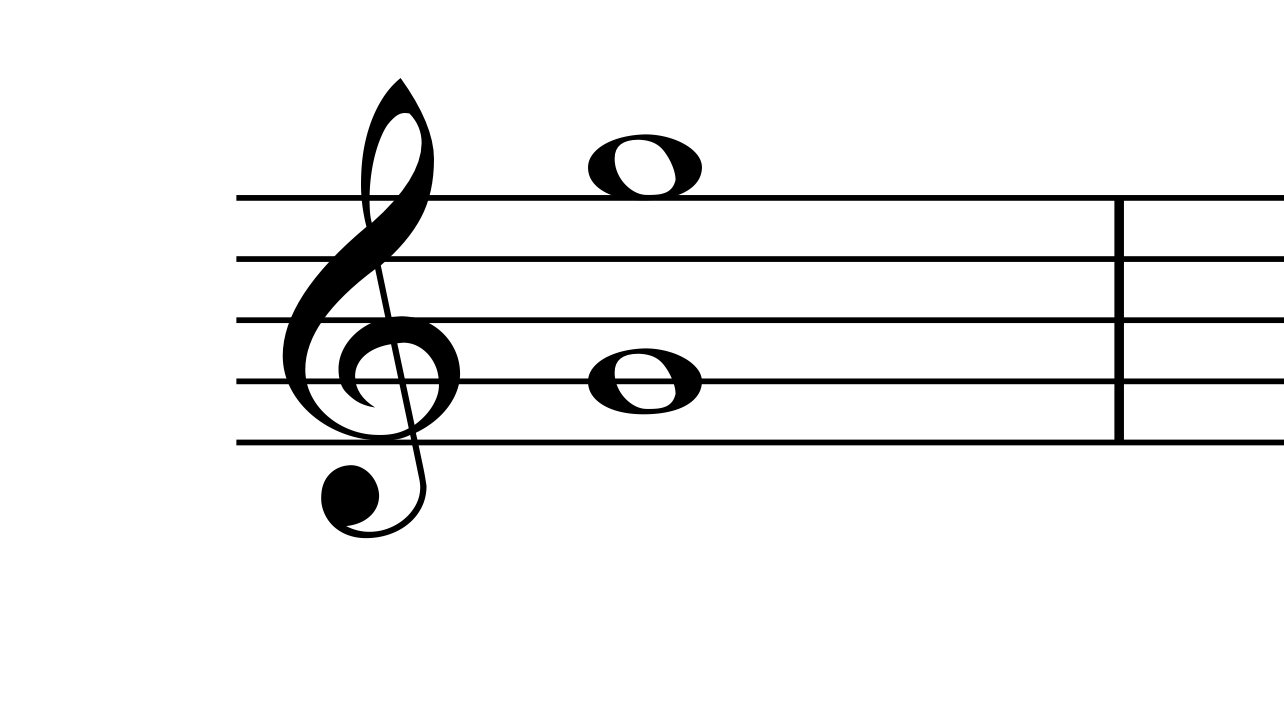
🎼 What are ledger line notes?
Ledger line notes are notes that fall above or below the regular staff, indicated by short lines added above or below the staff. These notes extend the range of the staff and allow for higher and lower notes.

🎼 What are cue notes?
Cue notes are smaller notes used to indicate a part of the music for a specific instrument or voice, often as a guide for the performer. They are typically seen in orchestral scores.

Conclusion
Understanding the different types of piano notes is essential for mastering rhythm, timing and musical expression. Whether you’re working with quarter notes, sixteenth notes, or complex rhythmic structures like triplets and dotted notes, each note serves to shape the music you play.
For pianists looking to refine their understanding of rhythm and note values, Skoove offers interactive lessons that make learning fun and effective. Dive into your musical journey with Skoove and unlock the full potential of your piano playing!
Author of this blog post:
Susana Pérez Posada

With over seven years of piano education and a deep passion for music therapy, Susana brings a unique blend of expertise to Skoove. A graduate in Music Therapy from SRH Hochschule Heidelberg and an experienced classical pianist from Universidad EAFIT, she infuses her teaching with a holistic approach that transcends traditional piano lessons. Susana’s writings for Skoove combine her rich musical knowledge with engaging storytelling, enriching the learning experience for pianists of all levels. Away from the piano, she loves exploring new places and immersing herself in a good book, believing these diverse experiences enhance her creative teaching style.
Published by Lydia Ogn from the Skoove team









